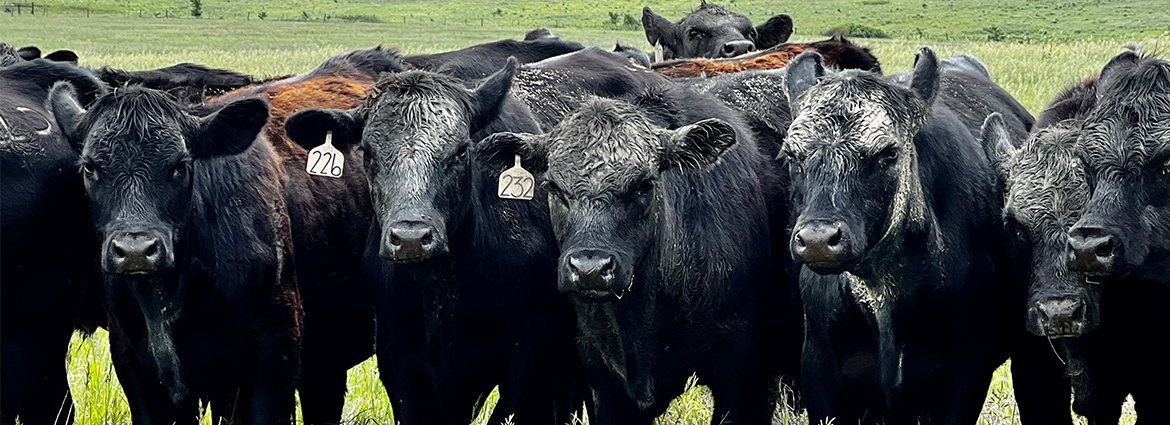
Beef Cow Inventory on the Decline
The USDA National Agricultural Statistic Services (USDA Website) reported on Jan 1, 2023 that beef cow inventory levels are at 29.98 million head. This marks the third year in a row with decreased stock numbers, after peaking in recent years in 2019 at 31.69 million head. A three-year decrease of 1.71 million head.
Some recent news reports indicated that this is the smallest herd size since 1961. However, the data does show a sizable decrease in inventory in 2013 (29.63m), 2014 (28.96m), and 2015 (29.33m). As such, this new beef cow inventory report might be the 4th lowest year since the 60’s, which is significant. Cattle inventory numbers are directly tied to weather patterns. Farmers are forced to cull cows when grass and forages become limited. The previous inventory reduction (2013-2015) highly correlates with the severe drought that impacted Texas, Oklahoma, and Kansas in 2012. Within our local area, precipitation in Hays, Kansas was 14.39 inches in 2012 (normalized annual rainfall in our area is 23.46 inches).
We are in a similar situation for 2023. Last year was extremely dry, and as a result grazable grass acres, pond and well water, hay, silage, oats, and triticale were all impacted. With a reduction in feed resources for the winter and dwindling stockpiles of resources, it becomes even more critical that we return to normalized rainfall.
To be perfectly honest, another year of drought will force farmers to continue to liquidate cattle. Available moisture in the spring of 2023 is now a paramount factor. The National Weather Service has projected a return of a more normalized pattern in the latter half of the year. The question remains…will it be enough?